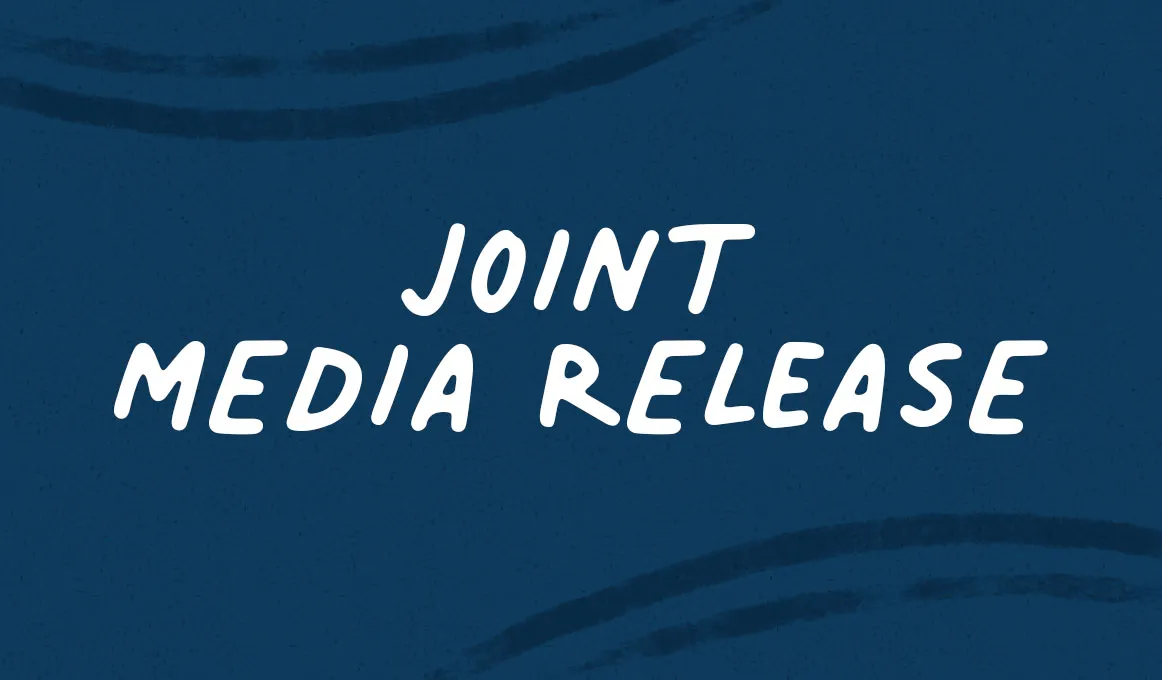Indigenous Protected Areas Expanded by 7 Million Hectares

An additional seven million hectares of land, an area larger than the size of Tasmania, will be placed in the care of Traditional Custodians for biodiversity conservation through the dedication of two new Indigenous Protected Areas (IPAs) in Western Australia.
Joint Media Release
The Hon Sussan Ley MP - Minister for the Environment
The Hon Ken Wyatt AM MP - Minister for Indigenous Australians
An additional seven million hectares of land, an area larger than the size of Tasmania, will be placed in the care of Traditional Custodians for biodiversity conservation through the dedication of two new Indigenous Protected Areas (IPAs) in Western Australia.
These dedications to the National Reserve System are the first of 12 new Indigenous Protected Areas commissioned by the Morrison Government under its new IPA Program.
Minister for the Environment Sussan Ley said that the development of new protected areas will provide important opportunities to continue to integrate traditional knowledge and western science in caring for the environment and protecting native species.
“The work of Traditional Custodians on the IPAs provides significant biodiversity benefits, protecting habitats for threatened species and managing threats from invasive weeds and feral species,” Minister Ley said.
“It means that the Ngururrpa Traditional Custodians in Western Australia’s north east and the Ngadju Traditional Custodians in the state’s south east will receive further support and autonomy in their traditional land management practices.
“Once all 12 areas are dedicated, Australia’s IPA network, already the world’s largest, will increase by 28 per cent, covering more than 100 million hectares.”
The new Ngururrpa IPA extends across 2.9 million hectares of the Great Sandy Desert, which is home to some of Australia’s most rugged native species such as the Great Desert Skink, Red-tailed Phascogale, goannas, bilbies, mulgara, marsupial moles, thorny devils, crested dragons and red kangaroos.
The new Ngadju IPA covers almost 4.4 million hectares around Norseman, a highly biodiverse area that includes one quarter of the Great Western Woodlands. Regarded as the largest remaining area of intact Mediterranean-climate woodland on Earth, it is home to 21 vertebrate and 166 plant species listed as threatened or priority species at state or national level.
Minister for Indigenous Australians, Ken Wyatt, said that since 1997, IPAs have provided long-term positive social, cultural and economic benefits to local Indigenous communities, while protecting our native environment for all Australians.
“Each of these projects enjoy strong community support. Together with the Indigenous Ranger Program, IPAs deliver cultural, social and economic outcomes, including employment, training and capacity building for individuals and organisations and protection of Indigenous cultural heritage,” Minister Wyatt said.
“The funding for the Ngadju IPA also complements the work already being undertaken on Country by the Ngadju Rangers, funded under the Indigenous Advancement Strategy.
“More than 800 Aboriginal and Torres Islander people are currently engaged in meaningful employment while achieving large-scale conservation outcomes under the IPA Program.”
IPAs are an essential component of Australia’s National Reserve System, which is the network of formally recognised parks, reserves and protected areas across Australia.
With the addition of the Ngururrpa and Ngadju, there are now 78 dedicated IPAs covering 74 million hectares, up from 67 million hectares. IPAs now account for more than 46 per cent of the National Reserve System, up from 44 per cent.
In 2017, the Australian Government committed $15 million under the new IPA Program to assist Indigenous groups to undertake consultation and planning for the establishment of new IPAs.
For more information on the new IPA Program, visit the Department of Agriculture, Water and the Environment’s website at: http://www.environment.gov.au/land/indigenous-protected-areas.
The National Indigenous Australians Agency website also has more information on the location of IPAs across Australia: https://www.niaa.gov.au/indigenous-affairs/environment/indigenous-protected-areas-ipas
Background
- Traditional custodians are continuing to consult on the dedication of the 10 other IPAs: Spinifex Pilki in Western Australia, Olkola in Queensland, Crocodile Islands Maringa, Tiwi Islands, Haasts Bluff, Arafura Swamp and Mimal in the Northern Territory, Mamu and Wuthathi Shelburne Bay in Queensland and Maralinga Tjarutja Lands in South Australia.
- Traditional custodians of the Crocodile Islands Maringa IPA are expected to seek Australian Government recognition of the dedication of their lands in May 2021.
Find out more
Visit the Minister's website to read the original media release.